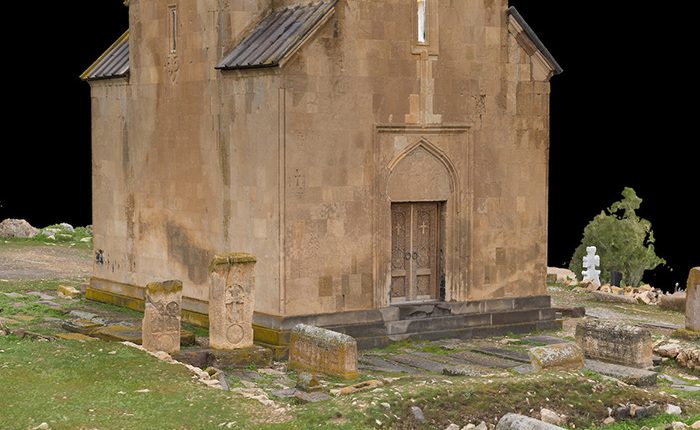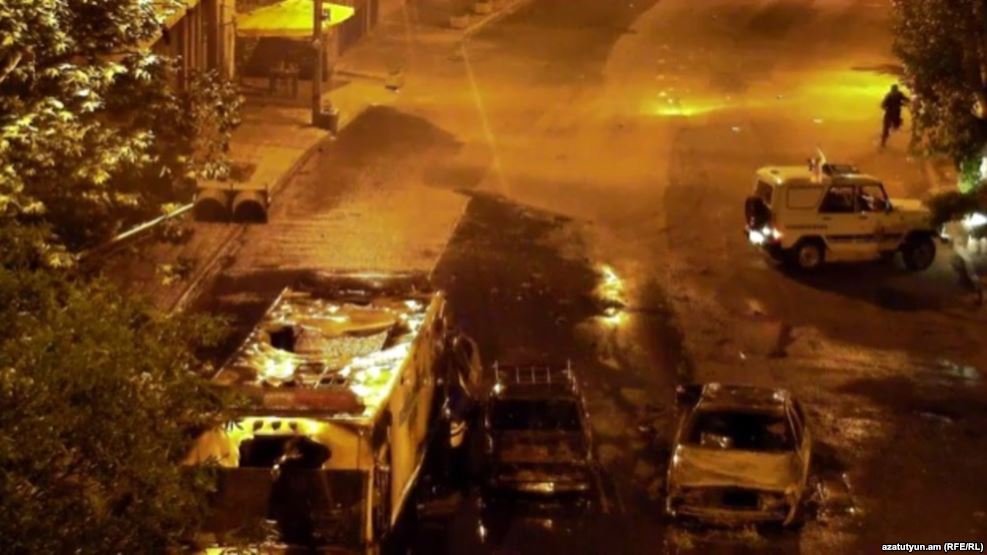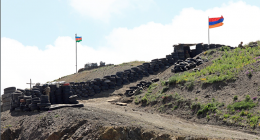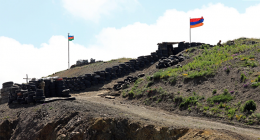YEREVAN — The TUMO Center for Creative Technologies is expanding its multi-year initiative to capture detailed 3D scans of hundreds of Armenian heritage sites.
In 2018 and 2019, TUMO students made their first 3D scans of Armenian historical and cultural heritage monuments in a series of special learning labs. They used laser scanning and photogrammetry to document sites including the Matosavank monastery in Dilijan National Park, Amberd Fortress on Mount Aragats, the Dadivank monastery in Karvachar, and Ghazanchetsots Cathedral in Shushi. Since then, the number of scanned sites has reached 230, and will now expand to include all of Armenia’s important monuments over the coming years.


St. Hovhannes Church, Sisian
TUMO’s digital preservation initiative includes a large number of important monuments in Artsakh. In the weeks immediately following the 44-Day War in 2020, TUMO teams carried out high-resolution 3D scans of 46 historical monuments in Martuni, Martakert, Askeran and Berdzor. These included archeological sites such as Tigranakert, churches and monasteries such as the Tsitsernavank monastery, and historic monuments such as the Hak bridge. In November of 2022, TUMO scanned over 30 additional heritage sites in Artsakh and on Armenia’s borders.
The resulting high-resolution 3D data sets and visualizations make it possible to document and study cultural monuments in detail, contributing to long term preservation. They also provide material for educational and cultural activities as well as digital media production. Just as importantly, they allow scholars and institutions to monitor cultural heritage sites and eventually carry out preservation and restoration projects as needed.
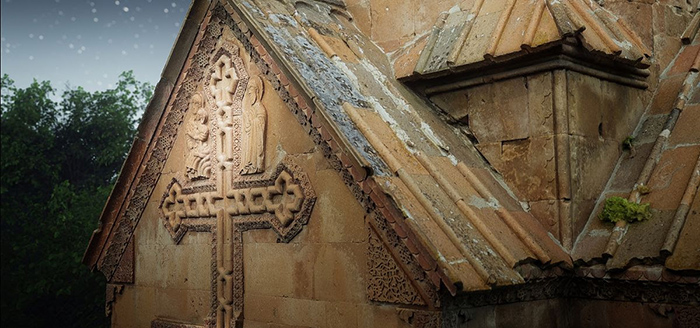

Holy Mother of God Church, Yeghvard
The initiative is now continuing in Armenia at a rapid pace, with multiple sites being scanned every month, both through laser scanning and photogrammetry. It is expected to cover a total of 300 major monuments over the next two to three years. In parallel, the captured data is being processed to produce high-resolution, full-color 3D renderings that users can interact with, walk through, measure, and examine in detail. These interactive renderings, along with historical overviews and other associated data, will be made available on an open-access online platform to be launched in 2024 and continuously updated thereafter.
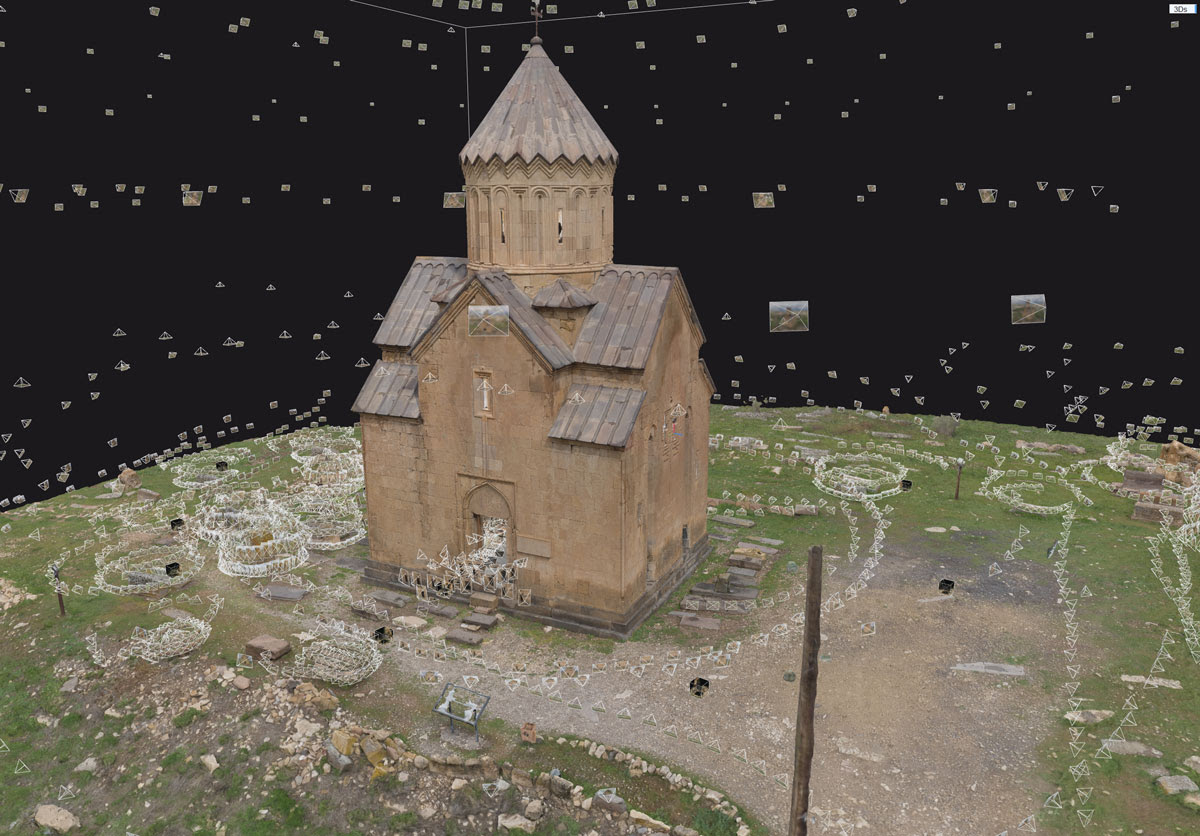

Process of 3D scanning
“It is very important that this digital archive will be available to the public and that it includes detailed documentation of the sites both in Armenia and Artsakh,” said TUMO CEO Marie Lou Papazian. “This will allow experts in the field to better monitor cultural and historical heritage monuments that are at risk of damage and destruction, and will help them in any future work of restoration and reconstruction.”
TUMO will continue to announce project developments, including updates on the publication of the online platform.

